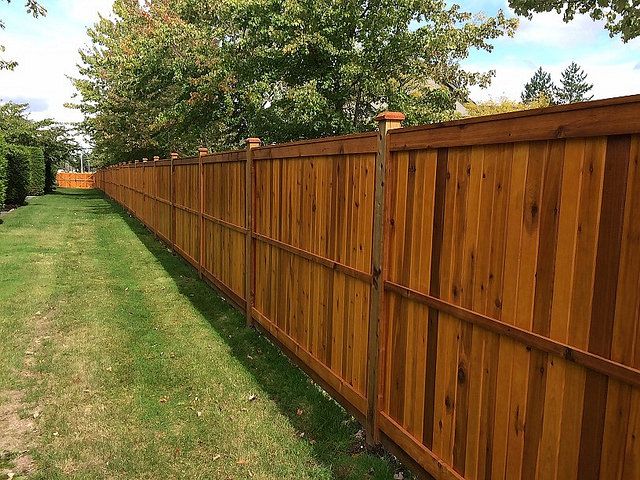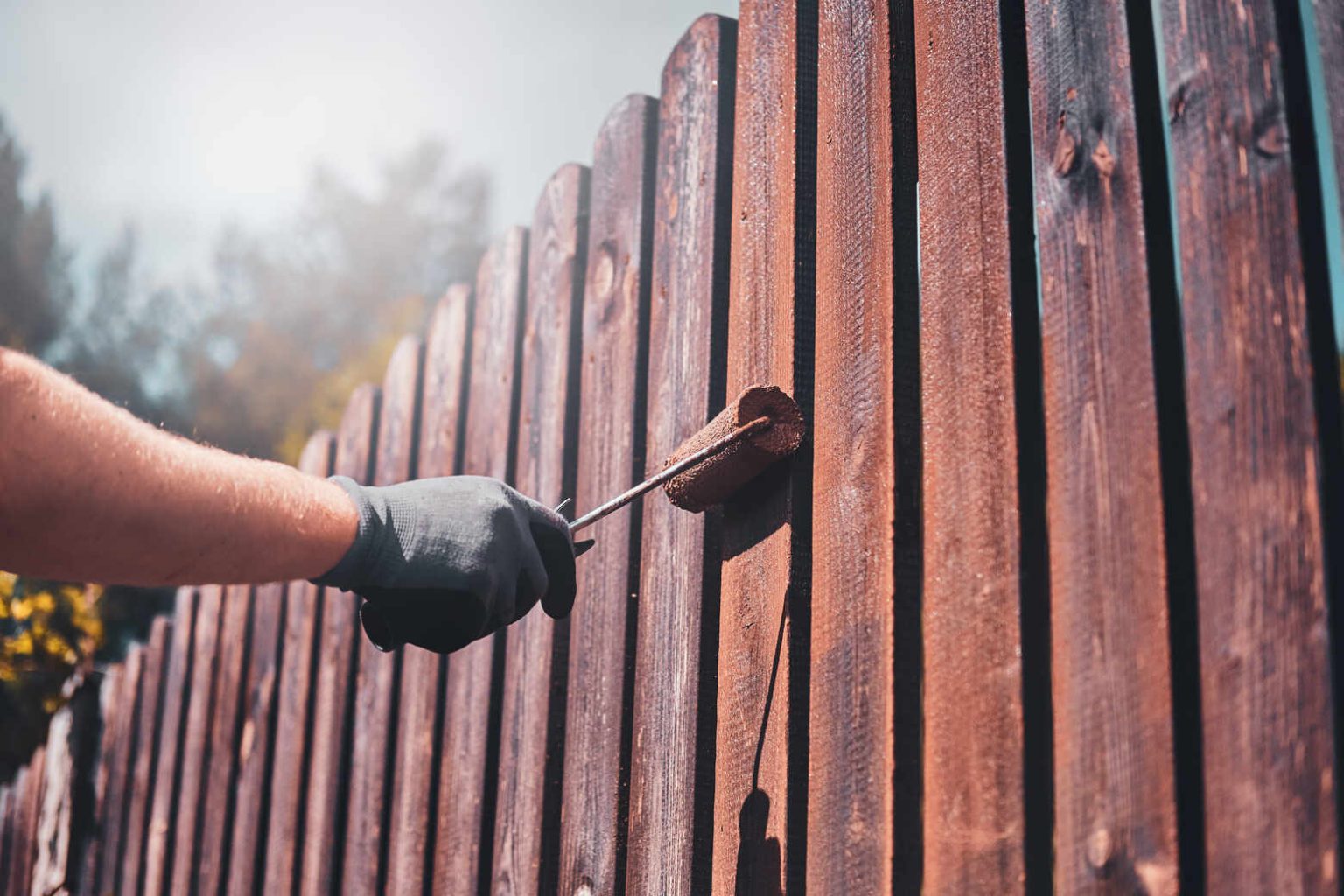Fence Staining: Improve the Beauty and Long Life of Your Fence!
Fence Staining: Improve the Beauty and Long Life of Your Fence!
Blog Article
Just How to Choose the Right Fencing Spot for Your Building
When it comes to improving the appearance and sturdiness of your building's fencing, choosing the right tarnish is a vital decision that calls for mindful factor to consider. Exactly how can you ensure that you choose the perfect fencing discolor that aligns with your property's style and maintenance requirements?
Understanding Wood Kind
To pick the proper fence tarnish, it is necessary to have an extensive understanding of the various types of timber typically utilized for secure fencing. When picking a fencing tarnish, it is crucial to consider the kind of timber being made use of to ensure compatibility and optimal protection. Understanding the characteristics of different wood kinds will certainly assist you make an educated choice when it comes to selecting the best fence discolor for your residential property.
Selecting the Right Color
Selecting a proper hue for your fence tarnish is a critical choice that significantly influences the general aesthetic appeal of your home. The color you pick ought to match the design of your home, blend sympathetically with the surroundings, and show your individual taste. When picking a shade, think about the existing shade palette of your property. For an all-natural appearance, natural tones like browns, eco-friendlies, or grays function well. These colors can aid the fence mix into the landscape and develop a cohesive appearance. If you choose an even more contemporary or vibrant appearance, consider going with darker shades like black or deep charcoal for a striking contrast. Lighter shades such as whites or light grays can make a fencing appear bigger and include a touch of beauty to your residential property. Ultimately, the appropriate shade option will improve the appeal of your fencing and raise the total curb appeal of your home.

Taking Into Consideration Openness Levels
When selecting the right color for your fence tarnish, an additional crucial facet to consider is the level of transparency that will certainly finest match your property's aesthetic and upkeep requirements. Openness levels in fence spots generally fall under three groups: clear, semi-transparent, and solid. Clear stains enable the all-natural charm of the wood to show via while offering very little security versus the aspects. They are excellent for new or well-maintained fencings where showcasing the wood grain is a priority. Semi-transparent spots provide a balance in between color improvement and defense, enabling some timber grain to be noticeable while giving moderate shielding from UV rays and dampness. Solid spots, on the various other hand, provide the most security as they entirely cover the timber with an opaque coating. These are appropriate for older fencings or those seeking considerable protection or shade change. Take into consideration the degree of direct exposure your fencing faces, the wanted upkeep frequency, and the visual you desire to attain when choosing the appropriate transparency level for your fencing discolor.
Evaluating Maintenance Demands
Considering the durability and maintenance of your fencing, evaluating the maintenance needs is essential in figuring out one of the most appropriate fencing stain for your residential property. The degree of maintenance needed for your fence can vary depending on variables such as the type of wood, climate condition in your location, and your personal preferences.
When evaluating upkeep demands, it is crucial to think about the toughness of the fence tarnish. Some stains need even more regular reapplication than others, so choosing a discolor with a longer lifespan can aid reduce the overall upkeep requirements of your fence (Fence Staining). Additionally, factors such as resistance to UV rays, water, and mold can impact how often you need to re-stain your fence

Checking Samples Before Application
Before using any type of fencing tarnish, it is advisable to perform example tests to make sure compatibility with the timber and preferred aesthetic result (Fence Staining). Examining samples enables you to examine just how the discolor will engage with the particular kind of timber used in your fencing, as various timbers can take in spots in a different way. To begin, pick a tiny unnoticeable area of the fence to use the discolor examples. It is suggested to evaluate numerous discolor alternatives on this section to compare shades and surfaces. Take into consideration how the stain looks when completely dry, as it might show up different from its wet application. In addition, observe just how the tarnish enhances the existing elements in your outside area, such as landscape design or the color of your home. Keep in mind of how the tarnish stands up to climate condition like sunlight and moisture. By evaluating examples prior to full application, you can make an educated choice that boosts the total look of your residential property while protecting the timber properly.
Verdict
Finally, choosing the appropriate fence tarnish for your home involves comprehending the wood type, choosing the ideal color, considering transparency levels, assessing upkeep demands, and testing samples prior to application (Fence Staining Service). By taking these elements into factor to consider, you can make certain that your fence discolor complements your residential property while supplying the essential defense and resilience. Make a notified decision to enhance the appearance and long life of your fence
Report this page